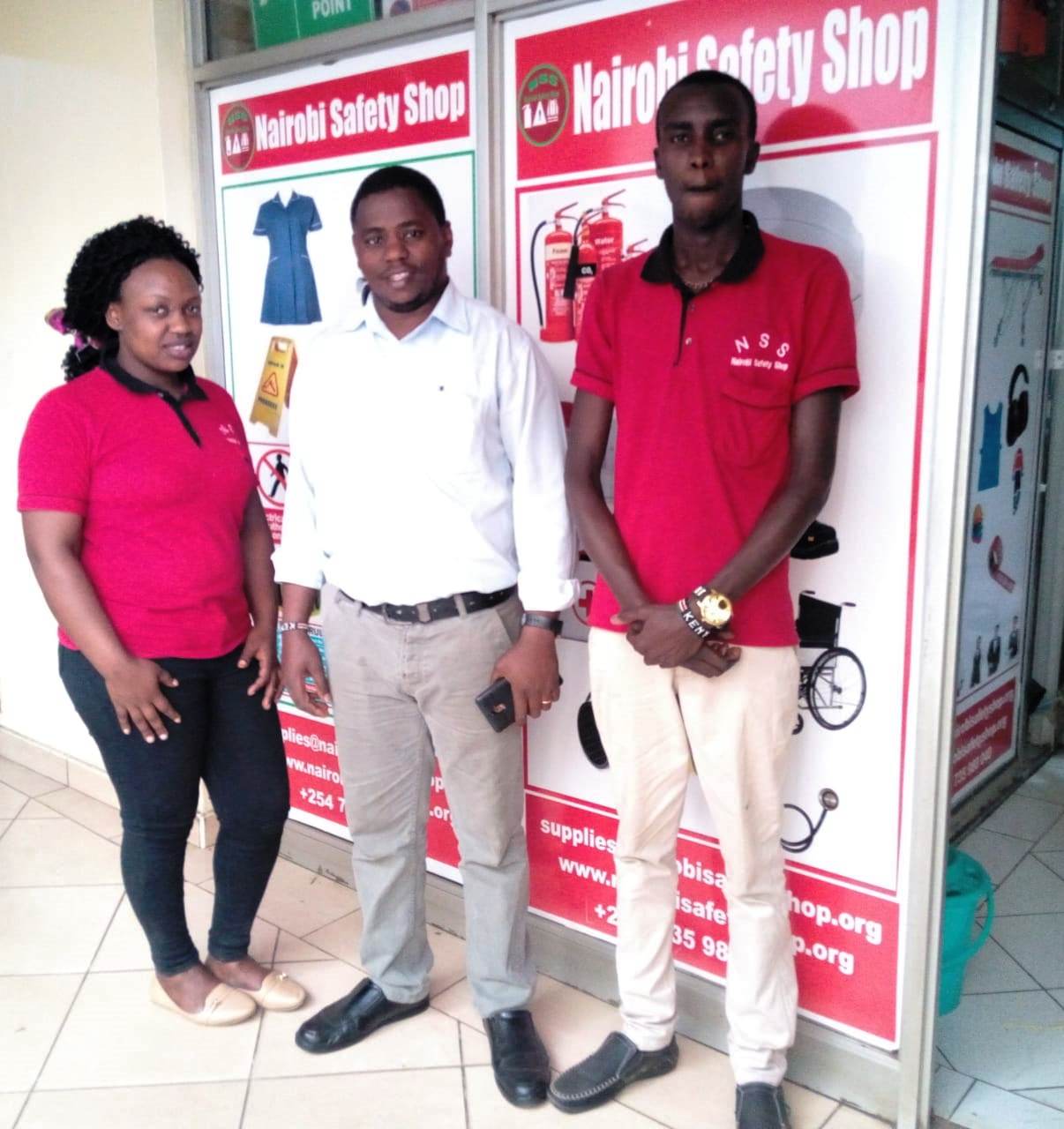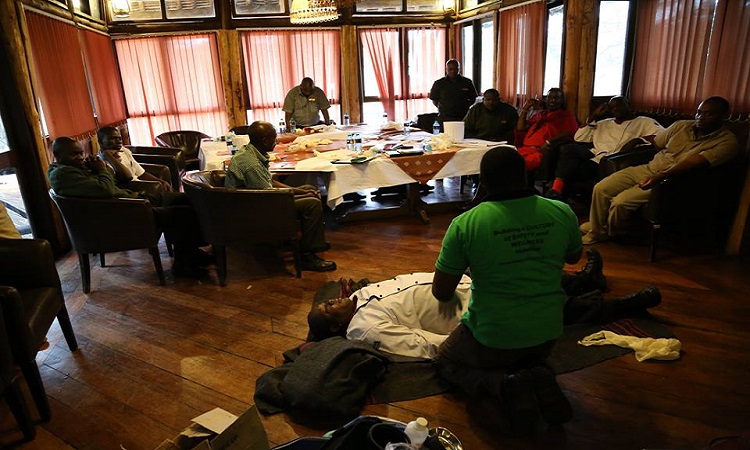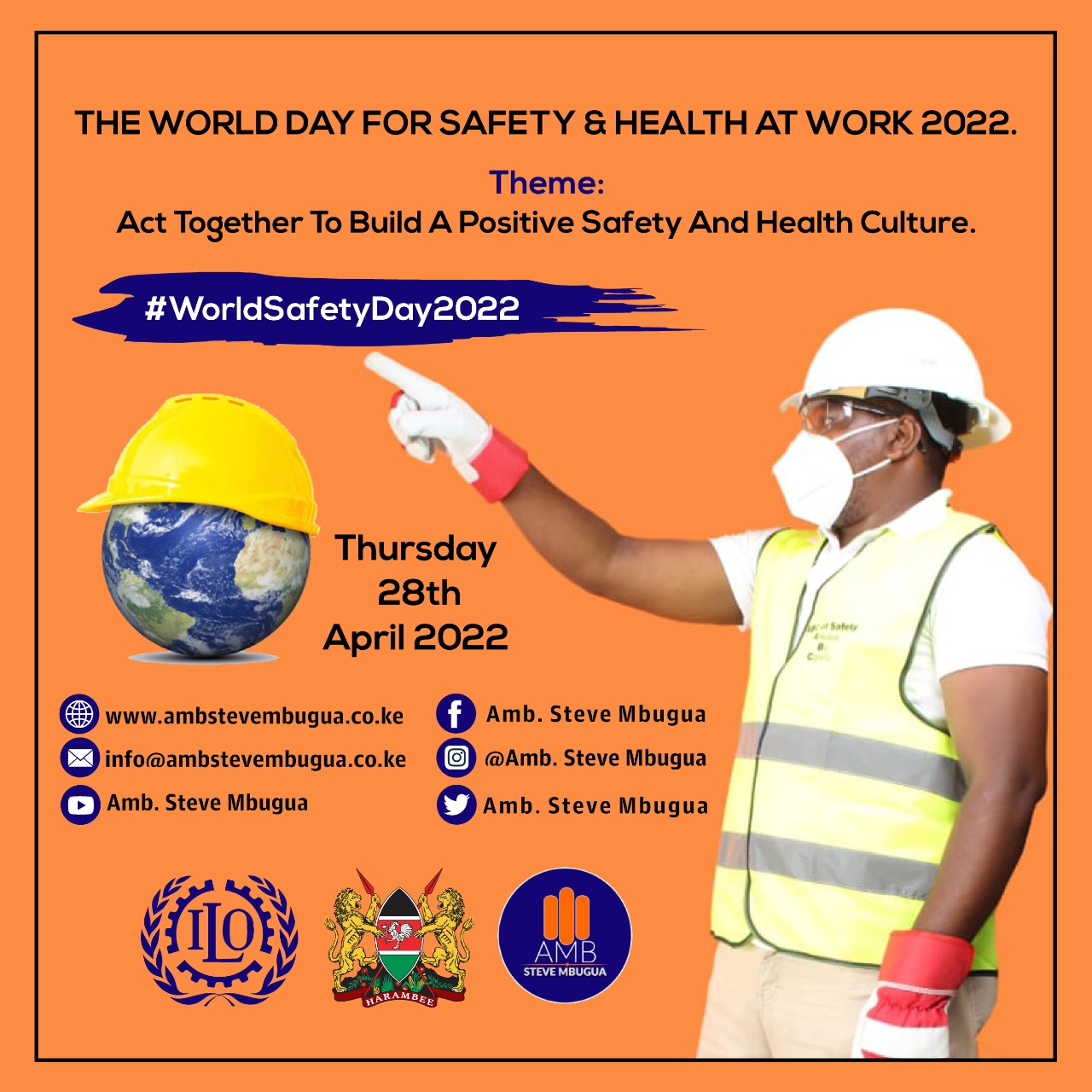Safety professionals play a crucial role in safeguarding individuals and organizations by developing, implementing, and managing safety programs and practices. Their expertise helps prevent accidents, ensure regulatory compliance, and create a culture of safety. This guide explores the categories of safety professionals, opportunities in the field, and the impact they have on organizations and society.
1. Categories of Safety Professionals
1.1 Occupational Health and Safety Specialists
• Role: Focus on ensuring workplace safety by identifying hazards, conducting risk assessments, and implementing safety protocols.
• Responsibilities: Develop safety policies, conduct safety training, investigate accidents, and ensure compliance with safety regulations.
1.2 Environmental Health and Safety (EHS) Managers
• Role: Oversee environmental and safety management within organizations, focusing on minimizing environmental impact and ensuring workplace safety.
• Responsibilities: Manage environmental compliance, oversee waste management, and ensure the implementation of safety measures to protect both employees and the environment.
1.3 Industrial Hygienists
• Role: Identify and mitigate workplace health hazards related to exposure to chemicals, noise, radiation, and other environmental factors.
• Responsibilities: Conduct exposure assessments, recommend controls for hazardous substances, and ensure compliance with health regulations.
1.4 Safety Engineers
• Role: Apply engineering principles to design systems and processes that prevent accidents and ensure safety in industrial and construction settings.
• Responsibilities: Design safety systems, conduct safety audits, and develop engineering controls to mitigate risks.
1.5 Risk Managers
• Role: Assess and manage risks associated with business operations, including safety, financial, and operational risks.
• Responsibilities: Identify potential risks, develop risk management strategies, and implement risk mitigation measures.
1.6 Emergency Management Professionals
• Role: Prepare for, respond to, and recover from emergencies and disasters, ensuring effective coordination and communication during crises.
• Responsibilities: Develop emergency response plans, conduct drills and simulations, and coordinate with emergency services and other stakeholders.
1.7 Safety Trainers and Consultants
• Role: Provide training and expert advice on safety practices and regulatory compliance to organizations and individuals.
• Responsibilities: Develop training programs, conduct workshops and seminars, and offer consultancy services on safety-related matters.
2. Opportunities in the Field of Safety
2.1 Career Pathways
• Entry-Level Positions: Safety coordinators, safety technicians, and junior EHS officers.
• Mid-Level Positions: Safety managers, senior industrial hygienists, and risk analysts.
• Senior-Level Positions: Director of safety, chief safety officer (CSO), and senior risk manager.
2.2 Specialization Areas
• Construction Safety: Focus on safety practices specific to the construction industry, including site inspections and compliance with construction regulations.
• Healthcare Safety: Specialize in safety practices within healthcare settings, addressing infection control, patient safety, and staff well-being.
• Manufacturing Safety: Concentrate on safety issues in manufacturing environments, including machinery safety, process hazards, and workplace ergonomics.
2.3 Emerging Trends and Technologies
• Data Analytics: Use of data analytics to predict and prevent safety incidents by analyzing trends and patterns in safety data.
• Wearable Technology: Integration of wearable devices to monitor worker health and safety in real-time.
• Automation and Robotics: Implementation of automation and robotics to reduce human exposure to hazardous tasks and environments.
2.4 Educational and Certification Opportunities
• Certifications: Obtain certifications such as Certified Safety Professional (CSP), Certified Industrial Hygienist (CIH), and Certified Risk Manager (CRM).
• Advanced Degrees: Pursue advanced degrees in safety management, environmental health, or occupational health.
3. Impact of Safety Professionals
3.1 Enhancing Workplace Safety
• Accident Prevention: Safety professionals implement measures that prevent workplace accidents, reducing injury rates and enhancing employee well-being.
• Regulatory Compliance: Ensure compliance with safety regulations and standards, minimizing legal risks and potential fines for organizations.
3.2 Improving Organizational Efficiency
• Reduced Downtime: Effective safety practices reduce downtime caused by accidents or safety violations, leading to improved productivity.
• Cost Savings: Preventing accidents and ensuring regulatory compliance can lead to cost savings by avoiding medical expenses, legal fees, and insurance claims.
3.3 Promoting a Safety Culture
• Employee Engagement: Safety professionals foster a culture of safety by engaging employees in safety practices and encouraging their participation in safety programs.
• Leadership Support: Advocate for safety at the highest levels of management, ensuring that safety is prioritized and integrated into organizational strategies.
3.4 Contributing to Public Health and Welfare
• Community Impact: By promoting safety and health in workplaces, safety professionals contribute to broader public health and safety outcomes, benefiting communities and society at large.
• Disaster Preparedness: Emergency management professionals play a crucial role in preparing for and responding to natural and man-made disasters, enhancing community resilience.
4. Building a Career in Safety
4.1 Gaining Experience
• Internships and Entry-Level Positions: Start with internships or entry-level roles to gain hands-on experience in safety management and develop essential skills.
• On-the-Job Training: Participate in on-the-job training and mentoring programs to learn from experienced professionals and build expertise.
4.2 Networking and Professional Development
• Industry Associations: Join professional organizations such as the American Society of Safety Professionals (ASSP) or the National Safety Council (NSC) to network with other professionals and access resources.
• Continuing Education: Engage in continuing education opportunities, including workshops, seminars, and online courses, to stay updated on industry trends and best practices.
4.3 Advancing Your Career
• Pursue Advanced Certifications: Obtain advanced certifications to enhance your credentials and open up new career opportunities.
• Seek Leadership Roles: Aim for leadership positions, such as safety director or chief safety officer, to take on greater responsibilities and influence safety practices at a higher level.
Building safety professionals involves understanding the various categories within the field, recognizing the opportunities available, and appreciating the significant impact they have on organizations and society. Safety professionals play a vital role in enhancing workplace safety, improving organizational efficiency, and contributing to public health and welfare.
Pursuing a career in safety requires a combination of education, experience, and continuous professional development. By actively engaging in safety practices, obtaining relevant certifications, and embracing emerging trends, safety professionals can make meaningful contributions to creating safer and healthier environments.
READ MORE
Safety Culture Video
Health and Safety Committee
Largest Safety Company
Safety Champion



















